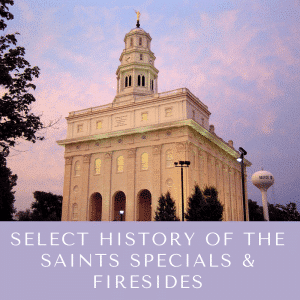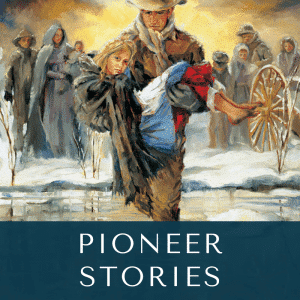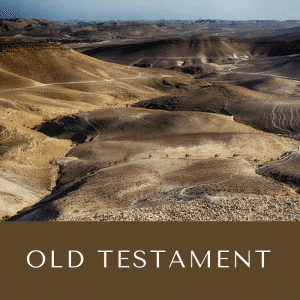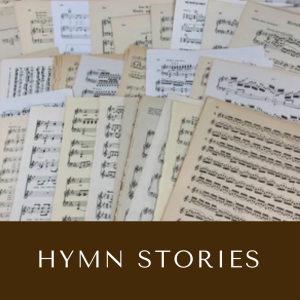Description
The Angels’ Song
Have you ever been discouraged by the cares of the world? Do you get to the point where you can’t listen to one more news report about the problems facing people both at home and abroad? If so, you may be able to relate to the author of a beloved Christmas song.
Edmund Hamilton Sears was born on April 6, 1810, on a farm in Sandisfield in western Massachusetts. He was the youngest of three sons of Joseph and Lucy Smith Sears, who taught him the importance of positive moral values and encouraged his love to study and learn. He had limited opportunities for regular schooling due to his need to help with the farm work. However, he eventually was able to attend Union College, and then trained for the ministry at the Theological School in Cambridge, Massachusetts, graduating at the age of 27. He met the love of his life, Ellen Bacon, and they married in 1839. The couple wished for a quiet country life and Edmund, now called Reverend Sears, accepted a position preaching at the First Congregational Church in Wayland, Massachusetts.
Edmund and Ellen’s family grew to four children, and the reality of meeting the financial needs of his growing family necessitated him accepting a position with a larger congregation in Lancaster. Reverend Sears took on more responsibility and had additional exposure to the contentious news of the nation. He was a man who thought for himself, not always following the opinions and accepted norms of some religious and community members. He courageously communicated the unpopular idea of male and female equality and condemned human slavery in any form. Reverend Sears even told his congregation when the Fugitive Slave Law became enforced nationwide, that when human and Divine law conflicted, people must obey Divine law and declared that slavery was a crime which would reap national retribution.
Reverend Sear served the Congregational Church in Lancaster from 1840-47. News of suffering in the Mexican American War, threatening discord among the states over slavery, revolutions in some European countries, greed fed by newly discovered gold in California, and political divisiveness discouraged many people. Suffering a serious illness, followed by depression, Reverend Sears left Lancaster with his family, returning to Wayland, the place which felt like home, to rest and recover his health. The congregation in Wayland recalled him to serve as their pastor, which he did for another 17 years.
It was during Edmund Sear’s recovery in December 1849, that a friend asked him to write a poem to celebrate the events of Christmas. It was later shared on Christmas Eve and published in a church periodical the following week. Edmund told a colleague and friend about his childhood home, which was within sight of the Berkshires – the tallest area in that part of the country. He said that as a youth he imagined the hilltops touched the heavens, with the sky parting as angel messengers came to earth with messages of peace. Reverend Edmund Sears still believed in angels, and instead of focusing on the intimate events of Christ’s birth in the stable, he highlighted the mission of angels proclaiming the good news.
The second verse may have had special significance to Edmund’s childhood imagery, with cloven skies – meaning the sky divides in two, and the clouds parting the sky so God’s angels can bring their good news to people on earth. His discouragement with the divisiveness of people in the world over the years could be compared to the great misunderstanding and senseless noise which happened in the Bible story of the Tower of Babel.
The third verse heralds the return of the Savior to earth.
It Came Upon the Midnight Clear
It came upon the midnight clear,
That glorious song of old,
From angels bending near the earth
To touch their harps of gold:
“Peace on the earth, good will to men
From heaven’s all gracious King.
The world in solemn stillness lay
To hear the angels, sing.
When through the cloven skies they come,
With peaceful wings unfurled.
And still their heavenly music floats
O’er all the weary world.
Above its sad and lowly plains
They bend on hovering wing
And ever o’er its babel sounds
The blessed angels sing.
For lo! The days are hastening on,
By prophets seen of old,
When with the ever-circling years
Shall come the time foretold,
When the new heaven and earth shall own
The Prince of Peace their King,
And the whole world send back the song
Which now the angels sing.
Ten years later, Richard Storrs Willis, who studied music with Felix Mendelssohn in Germany, wrote the melody which we sing today. It is said that Reverend Sears, a modest man who preferred to lead a quiet life serving in his small parish, was uncomfortable with the public praise that his hymn generated. However, Edmund Hamilton Sears believed in angels and the truth they bring. He recognized the great need for people in his time to hear their message. Are we listening to the angels’ songs of peace today? Surely our need is as great as it was almost two centuries ago.
https://historybecauseitshere.weebly.com/the-angels-song—it-came-upon-the-midnight-clear.html
https://hymnary.org/person/Sears_EH
This story was written by Jean Tonioli
Copyright Glenn Rawson 2022














Reviews
There are no reviews yet.